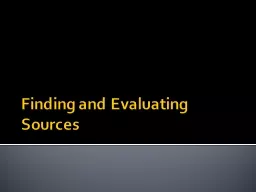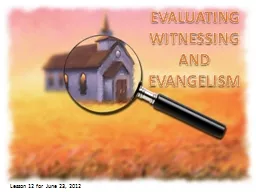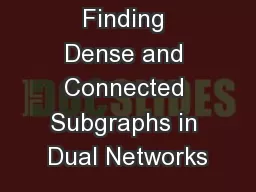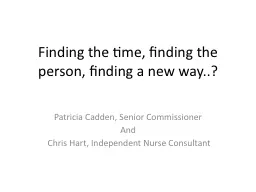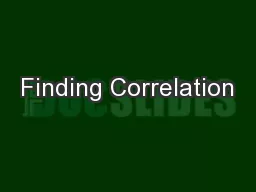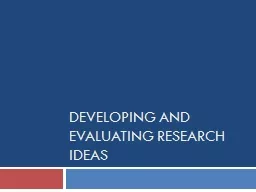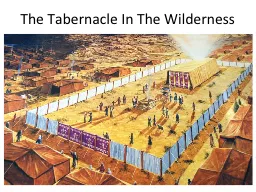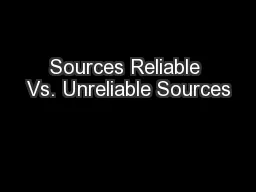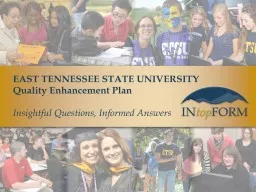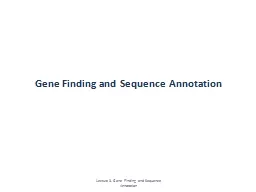PPT-Finding and Evaluating Sources
Author : debby-jeon | Published Date : 2016-03-10
A system of thinking about the types of evidence is as follows Rational Appeals Anecdote Analogy Consequences Effects Contrasts Categories Comparisons Examples Quotes
Presentation Embed Code
Download Presentation
Download Presentation The PPT/PDF document "Finding and Evaluating Sources" is the property of its rightful owner. Permission is granted to download and print the materials on this website for personal, non-commercial use only, and to display it on your personal computer provided you do not modify the materials and that you retain all copyright notices contained in the materials. By downloading content from our website, you accept the terms of this agreement.
Finding and Evaluating Sources: Transcript
Download Rules Of Document
"Finding and Evaluating Sources"The content belongs to its owner. You may download and print it for personal use, without modification, and keep all copyright notices. By downloading, you agree to these terms.
Related Documents

